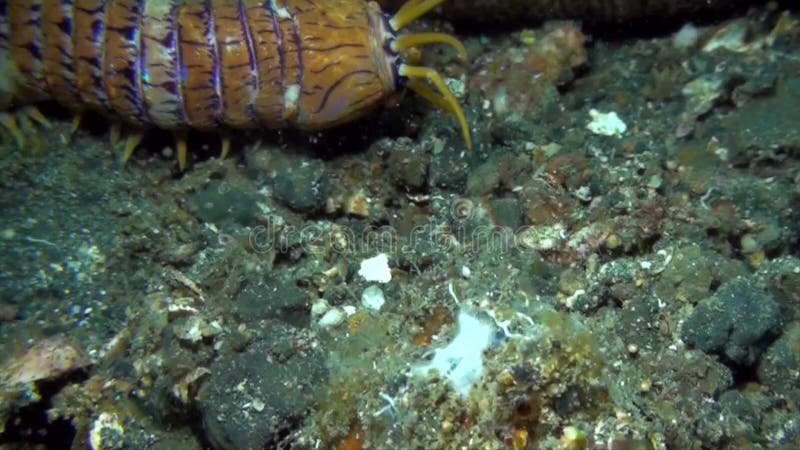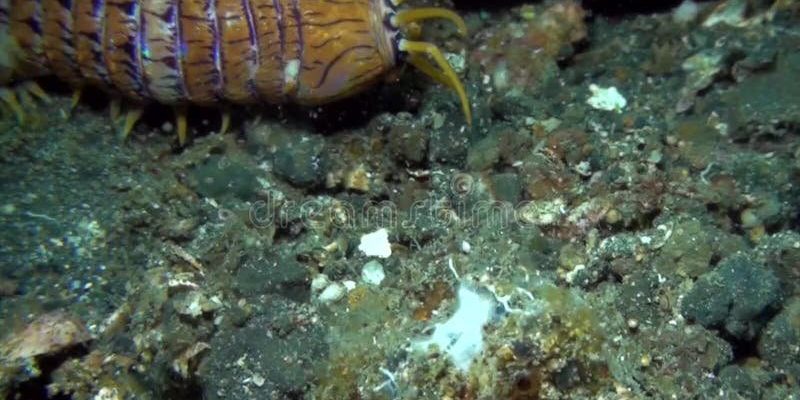
If you’ve never heard of Bobbit worms, you’re not alone! They’re like the ninjas of the sea—stealthy and a bit mysterious. You might even think of them as nature’s well-crafted ambush predators. As we chat about their daily routines, we can also touch on how they affect their ecosystem and why understanding them is so important. Whether you’re a marine biology enthusiast or just curious about ocean life, I promise you’ll find something interesting here.
What Are Bobbit Worms?
Bobbit worms, scientifically known as *Eunice aphroditois*, are marine polychaete worms. They can grow up to 10 feet long, though most are usually much shorter. Their striking green and red colors might catch your eye, but it’s their lifestyle that’s truly captivating. They live in shallow waters, often hiding in burrows they create in the sand or mud. This way, they can camouflage themselves against predators, adding to their stealthy nature.
These worms are famous for their impressive jaws, which can snap shut with astonishing speed to capture prey. Bobbit worms primarily feed on small fish and shrimp, attacking with precision and efficiency. Imagine a hungry worm that can lunge out of its burrow to seize dinner in the blink of an eye! It’s impressive and a little intimidating at the same time.
Day vs. Night: When Do They Come Out?
Here’s the thing: Bobbit worms are primarily nocturnal creatures. This means they’re most active during the night. You might be wondering why they’ve chosen this lifestyle. Well, being nocturnal helps them avoid many predators and increases their chances of snagging a meal without being seen. During the day, they tend to stay tucked away in their burrows, maintaining a low profile.
However, that doesn’t mean they’re completely inactive during daylight hours. Occasionally, you might spot a Bobbit worm showing its head during the day, especially if it’s disturbed or sensing potential prey nearby. But for the most part, these worms prefer the cover of darkness to hunt and explore.
How Do Bobbit Worms Hunt?
Bobbit worms are fascinating hunters! Picture a well-camouflaged creature lying in wait, ready to pounce on unsuspecting prey. They have sensory tentacles that help them detect movement in the water. When something swims too close, they can spring into action.
They use their powerful jaws to grab hold of fish or crustaceans quickly. The speed at which they strike is impressive—some reports say they can snatch a fish in just a split second! Once they have a grip, they pull their meal back into their burrow, where they can eat it in safety. This hunting method demonstrates how well-adapted Bobbit worms are to their environment, making them efficient predators.
What Happens If You Disturb a Bobbit Worm?
If you ever find yourself in waters where Bobbit worms live, be cautious! Disturbing them can lead to quite an entertaining spectacle. If they feel threatened, Bobbit worms may emerge from their burrows, and that’s when you might see their full size and vibrant colors.
But be careful! These worms can be aggressive if provoked. Their jaws are powerful enough to inflict a painful bite, so it’s best to observe from a distance. This behavior also highlights their survival strategy; appearing larger and more intimidating can deter potential threats.
Why Understanding Bobbit Worms is Important
Bobbit worms play a crucial role in their ecosystems. By controlling the populations of smaller fish and invertebrates, they help maintain the balance of marine life. Understanding their behavior and habits can also provide insights into the health of marine environments.
In addition, learning about creatures like Bobbit worms can enhance our appreciation for biodiversity in the ocean. They remind us of the myriad of life forms we share the planet with, and why it’s vital to protect their habitats. Studying these fascinating worms helps researchers and conservationists work towards greater marine protection.
So, do Bobbit worms come out during the day? Generally, no—they prefer the solace of their burrows and the cover of night. But every now and then, you might catch a glimpse of them during daylight if they’re feeling adventurous or threatened.
These remarkable creatures are a testament to the wonders of marine life. With their unique hunting style and critical role in the ecosystem, Bobbit worms are more than just ocean curiosities. They’re fascinating players in the intricate drama of life under the sea. The next time you think about marine creatures, remember the stealthy Bobbit worm and all the mysteries it holds beneath the waves!

